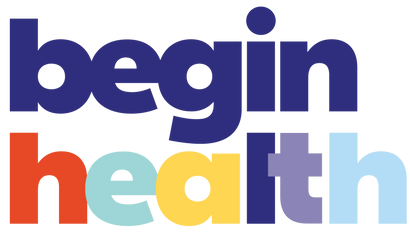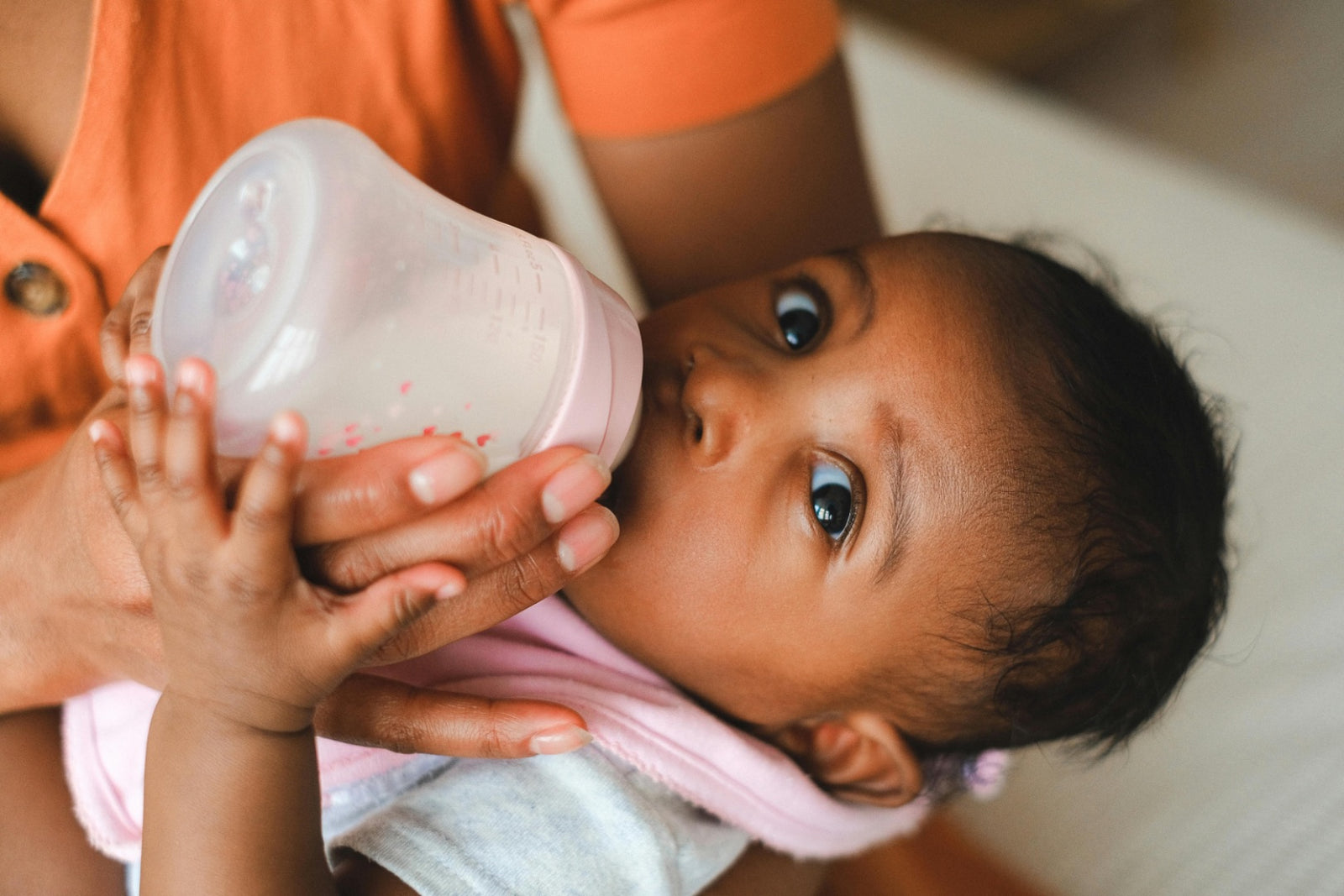Your Cart is Empty
Continue shoppingHow Gut Health Impacts Nutrient Absorption in Kids
Expert reviewed by Lauren Mahesri, RDN | Published January 24, 2025
share this article

Your kid’s gut health is an important factor in keeping them regular and preventing constipation. Nearly 1 in 4 kids struggle with some degree of gastrointestinal issue, making it a common issue for many families (1).
But did you know your kid’s gut health also impacts how well they absorb the food they eat?
To help your kiddo get the most out of the foods you serve, evaluating their gut health is a crucial step.
What is Gut Health?
Gut health can be simply defined as the ecosystem of bacteria, known as the microbiome, in the gastrointestinal tract.
The goal is to have diverse and adequate amounts of bacteria for optimal digestion.
The importance of gut health doesn’t stop at digestion. Bacteria in the gut impact other aspects of health through the gut-brain axis, a communication method between the microbiome and the central nervous system (2).
Gut health has a role in (2,3):
-
Metabolic disorders (obesity, type 2 diabetes, etc)
-
Digestion: IBS, bloating, abdominal pain, and diarrhea
-
Immune function
-
Neurodevelopment (depression, anxiety, autism)
The Role of Gut Health in Nutrient Absorption
Bacteria in the gut help determine how we absorb, store, and expend energy from food (4).
They do this by lowering the pH of the intestine (which makes nutrients easier to absorb), improving the strength of the gut lining, and improving the speed food passes through the gut (5).
This ultimately improves the digestion and absorption of three main nutrients:
Fiber & Resistant Starch
As food is passed through the digestive tract, certain nutrients called resistant starches and fiber are not fully broken down (aka “resistant” to digestion).
They are then passed into the large intestine, where they’re fermented with the help of good gut bacteria, and turned into Short Chain Fatty Acids (SCFA) to be absorbed (6).
SCFA’s have numerous health benefits like lowering inflammation, balancing blood sugar, and improving the gut lining (7).
Minerals
A healthy balance of gut bacteria improves the absorption of minerals like calcium, selenium, iron, zinc, magnesium, and potassium (5,8).
These minerals are responsible for bone health, immune function, hydration status, and nerve control.
Vitamins
Lastly, probiotic strains of bifidobacterium and lactobacillus can increase levels of folate, B12, vitamin D, B3, and other B vitamins (8).
These nutrients are crucial for metabolic health, bone density, and immune function.
Signs of Poor Nutrient Absorption
Depending on your kiddo’s age, the severity of absorption issues, and which nutrient is poorly absorbed, symptoms will look different!
According to theCleveland Clinic, generals signs to watch for include:
-
Abdominal pain
-
Bloating or gas
-
Nausea and vomiting
-
Diarrhea
-
Fatty or greasy stools
-
Unintentional weight loss
-
Anemia
-
Frequent infections
-
Dehydration
-
Growth delays
How to Support Your Kid’s Gut Health
To help avoid poor nutrient absorption, optimize your kiddo’s gut health with this evidence-based framework.
Prebiotics
Prebiotics are the fuel source for good gut bacteria and directly effect which bacteria flourish in the gut (2). They can be found naturally in foods like onion, garlic, and oats.
For a more convenient and consistent source, Begin Health Growing Up Prebioticsutilizeschicory root inulin andHuman Milk Oligosaccharides (HMOs)to nourish the gut microbiome. Plus, it’s tasteless and textureless, making it simple to incorporate into everyday routines.
Probiotics
Eating probiotic-rich foods helps increase good gut bacteria and can improve the lining of the GI tract (6). Look for fermented foods like yogurt, sauerkraut, kimchi, tempeh, and miso for a natural probiotic boost.
Fiber
Fiber in foods like whole grains, fruits, vegetables, nuts, and seeds helps diversify the types of bacteria that live in the gut (4). They also produce the short-chain fatty acids we mentioned earlier to positively impact inflammation and the gut lining.
Avoid Sugary & High-fat Foods
The traditional Western diet (highly processed foods high in added sugars and dietary fat) does not bode well for the gut’s ecosystem.
A diet high in sugary foods has been shown to degrade the lining of the gut, contributing to inflammation and irritable bowel disease (4,6).
One study even found that these high-sugar, high-fat foods can negatively change the composition of gut bacteria within one day! (4)
Summary
The bottom line is that gut health is more than just bowel movements! The environment of bacteria in your kiddo’s gut helps determine how they absorb fiber, vitamins, and minerals. Prioritizing proper gut health can help your kids make the most of the foods they eat.











